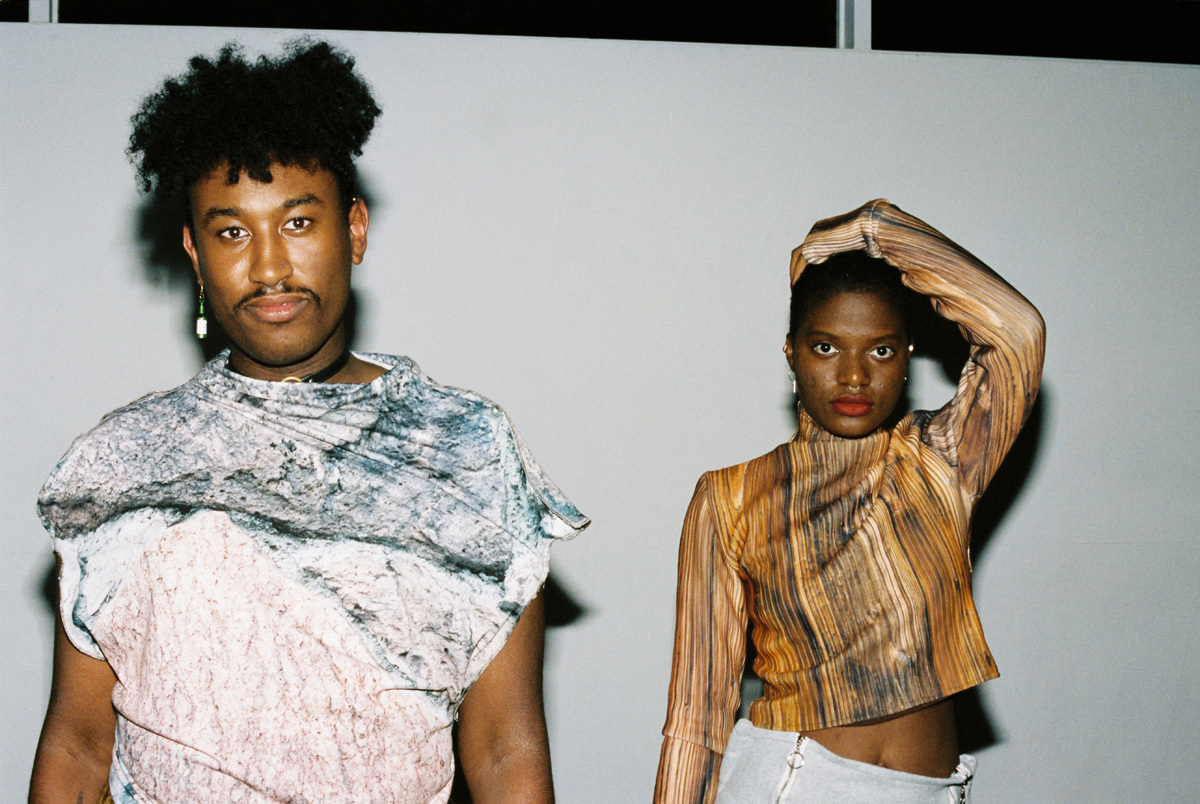We rarely ever see fashion shows occurring in conjunction with live heavy music, but then again we rarely ever see a doom band using an imposing wall of amps to dismantle white supremacy. When political Australian duo Divide & Dissolve launched their album BASIC at a gallery space in Melbourne recently, they hosted a self-described ‘protest show’ jammed-packed with local and international visual artists, musicians and fashion designers. It was an event curated to abolish a bulk of issues regarding race, gender and oppression within the fashion industry.
The show had an all-embracing aesthetic with a mixed line-up of multidisciplinary artists celebrating diversity and breaking old narratives. Divide & Dissolve’s set itself was a powerful representation of this as models took over the space walking boldly and freely amongst the stage and crowds. We caught up with Takiaya and Sylvie over the phone to speak about the show and reclaiming fashion as an artistic political weapon.
You made a point of calling this event a ‘protest show’, what were the political ideas behind it?
It was about decolonization. It was about re-inventing the fashion and beauty industries, exploring its structures and systems. We want to re-define what beauty and its standards truly are. When people say the words “standard” and “conventional” in regards to beauty, it must not represent one particular image, we want it to be whatever beauty means to you, not what the media inundates us with – which is basically tall, white, skinny, able bodied people. This show was about destroying harmful and violent industry narratives that have been so ingrained in our heads.
It was nice to see the models taking over the space in a defiant and playful manner, we don’t often get to see this at fashion shows.
We told the models what Divide & Dissolve is about and the intention of the event. We told them to move however they wanted to move around the room. We wanted the models to feel free to be themselves and take over the space. They absolutely slayed. They did what came naturally to them. It was breathtaking. All the models were people of colour and we are honoured to have performed with them. They modeled whilst we played our music and we were all wearing NoSesso – an American non-binary black fashion label that makes clothing for people of all shapes.
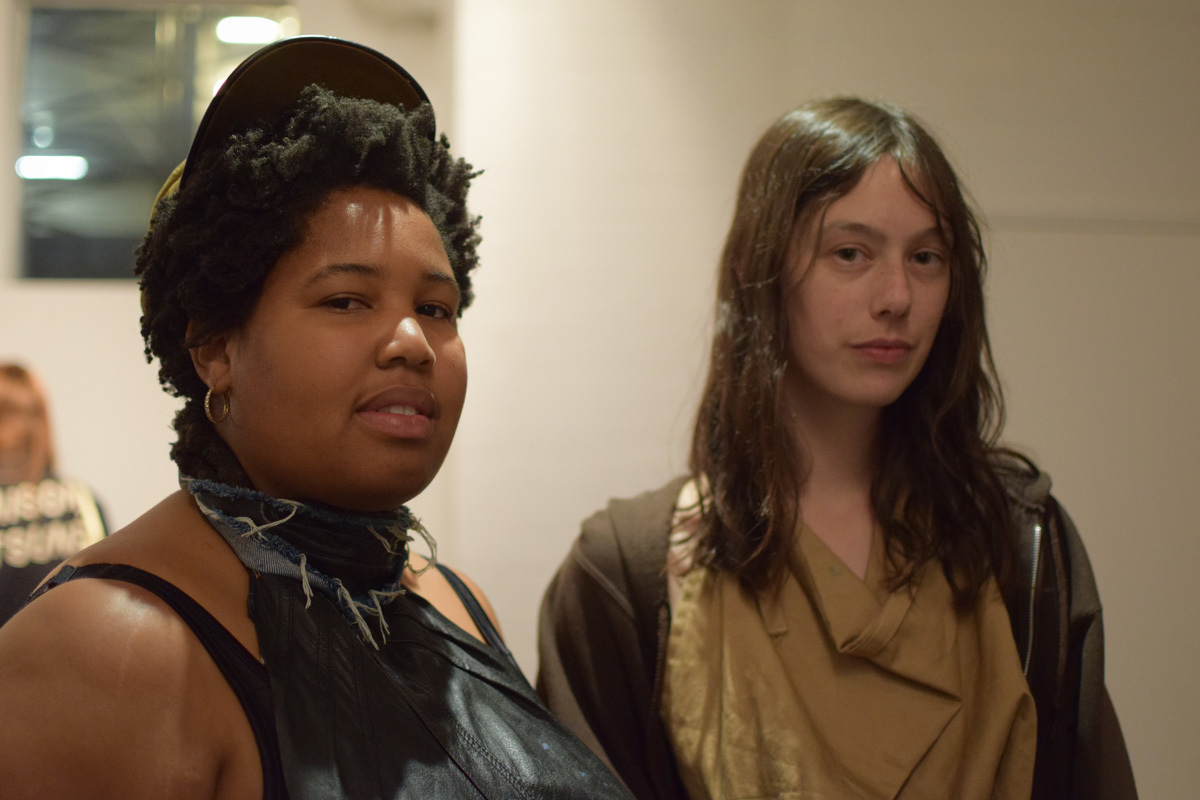
Like NoSesso, most of the designers you choose for the show have a strong focus on non-binary. Why was it important for the band to showcase different gender identities?
Exclusively perceiving people in the binary is a harmful, violent western colonial construct that needs to be destroyed. All genders must be recognized and respected. Including those of men and women. Making assumptions of people’s gender because of socialization and media stereotypes is essentializing and often times racist. For example in the media, black people are often perceived as aggressive, dominating and masculine, thus ideologically limiting the range and possibility of gender expressions. Because we acknowledge that white people think they just “discovered” that indigenous cultures and other cultures have more than two genders, there’s often an anthropological treatment of BIPOC non-binary genders that can feel objectifying and appropriative. Hence our emphasis on incorporating non binary fashion lines. Jason Tran, a Melbourne based designer created multiple garments able to be worn by different bodies and displayed throughout the fashion show. NoSesso, Women’s History Museum, Goddess and wacky wacko were also featured.

Looking forward, where do you see the future of the fashion industry in regards to diversity?
We would love to see more people of colour being exulted and recognized for their magnificence, brilliance, and originality. We see too many colonizers capitalizing and stealing other people’s art and calling it their own for profit and recognition. We would also like to see a deeper reflection on people using the fashion and wearing it. We would like an incorporation and acknowledgement of all different bodies and abilities that exist in society.
We heard that after the show you got a message from a music journalist saying that was the most welcoming heavy music gig she’d ever been to. How do you reckon the show achieved this?
We approach everything we do with love and intention. We are working extremely hard and spend lots of time cultivating the feeling and energy of the gigs that we curate. We also surround ourselves with our brilliant friends who are supportive and loving and help us make better art. We have been playing a series of intentional shows in Melbourne. Every show has incorporated our sibling band-artist Papaphilia. Her performance at this show absolutely blew everyone away. The energy she emitted through her sound literally filled and affected the entire space. We experience a deep connection politically and artistically.
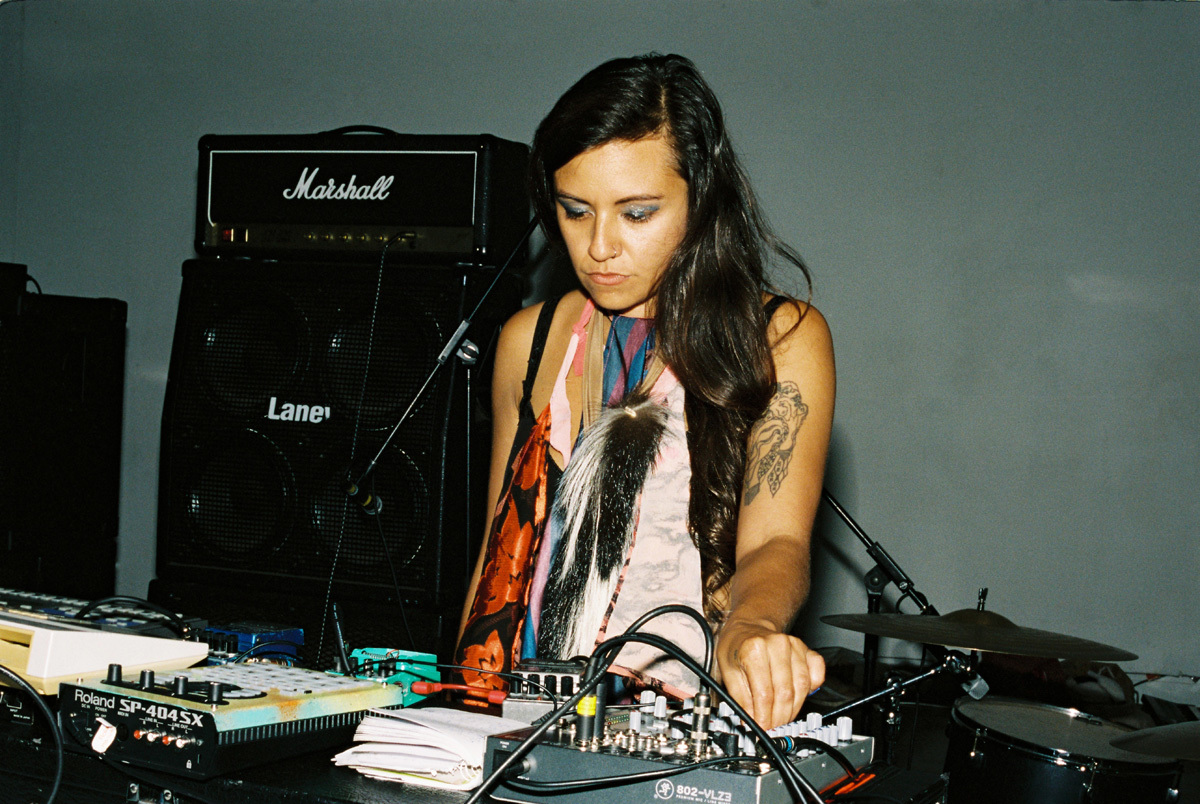
I was going to bring that up as well, what’s the importance of curating a mixed line-up for a heavy music show?
All of the musicians who performed create heavy music. Spoken word artist Spencer Lai brought an incredibly unique performance and perspective. Star Ah Mer Ah Su – a poptronica artist and multi instrumentalist based in Oakland- performed alongside dancer and visual artist Bhenji Ra, Wet Kiss and Callan. We’ve been doing these kind of shows for a long time now.
As a multi-disciplinary band where are you taking the project next?
On June 2-4 we are playing Decolonise Fest in London with some other artists who share our intention. We are also working on a larger and in depth low end concept album. In general, we always want to keep challenging ourselves as artists and incorporating as many artforms to explore space, resonance, and decolonisation.
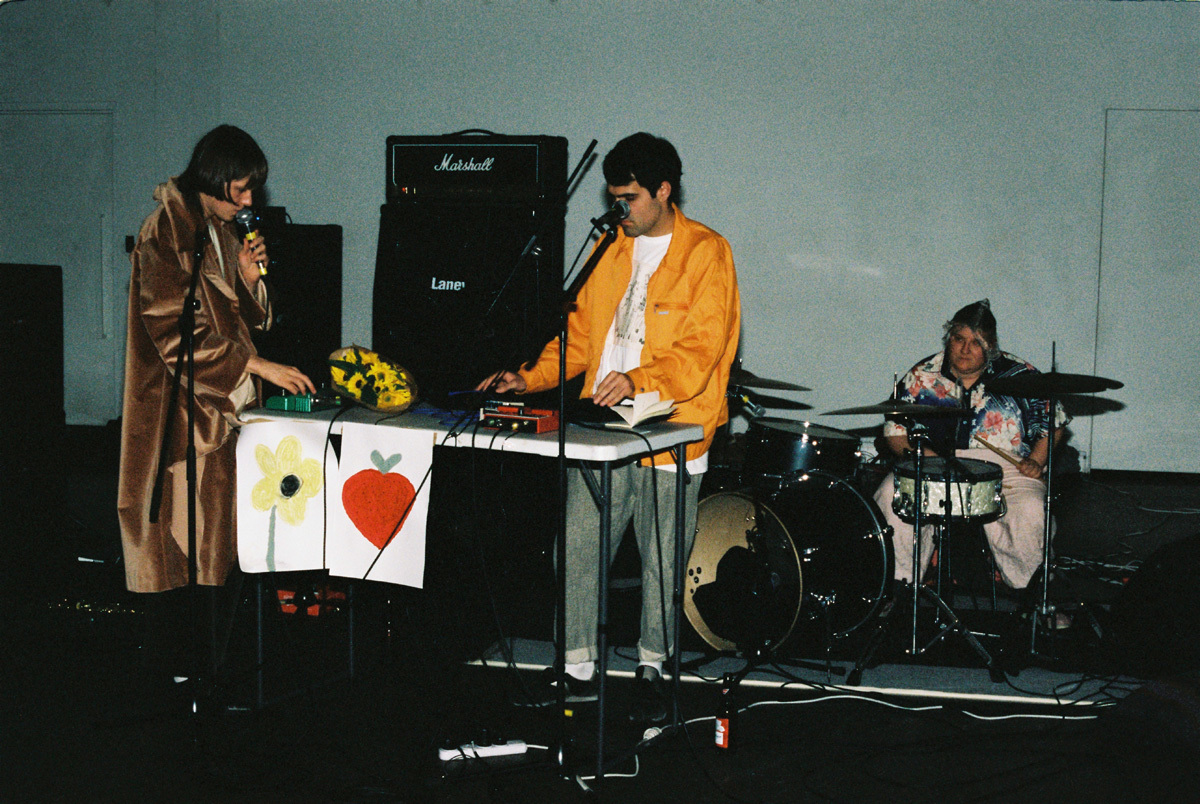
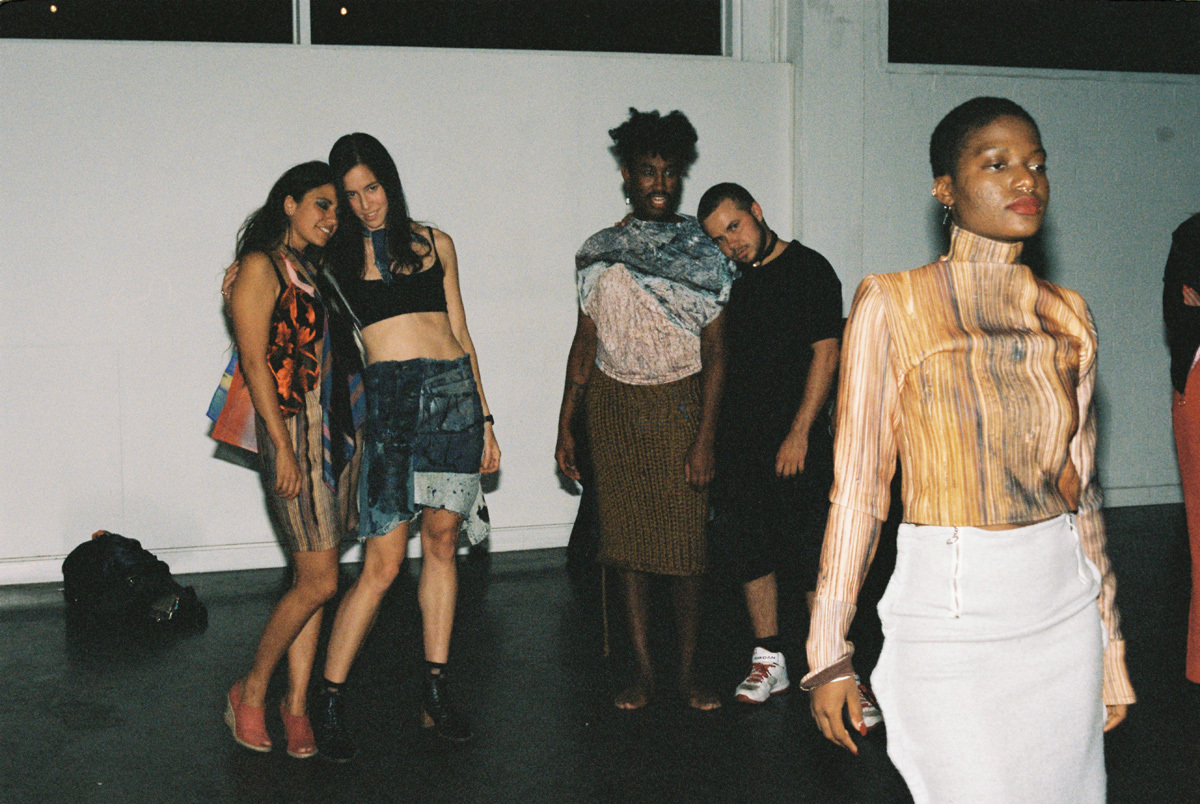
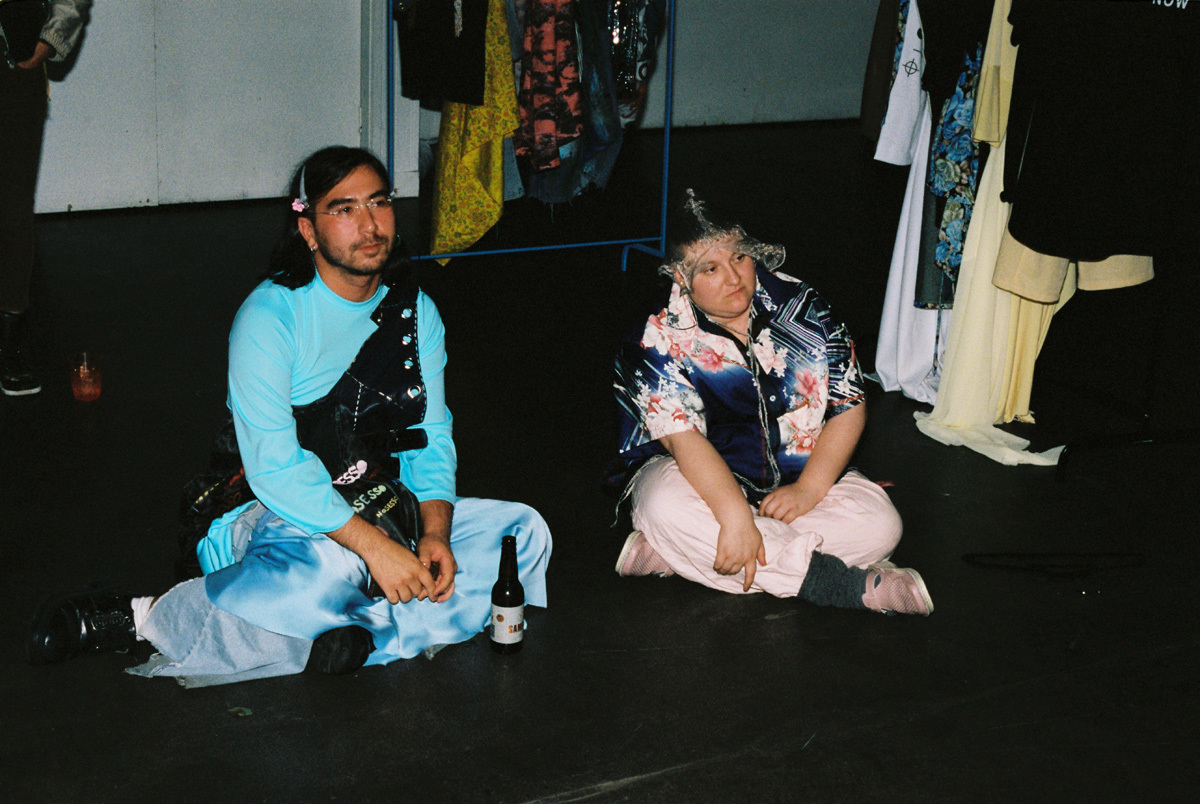
Credits
Text Triana Hernandez & Serwah Attaffuah
Photography Texta Queen & Jack Mannix
